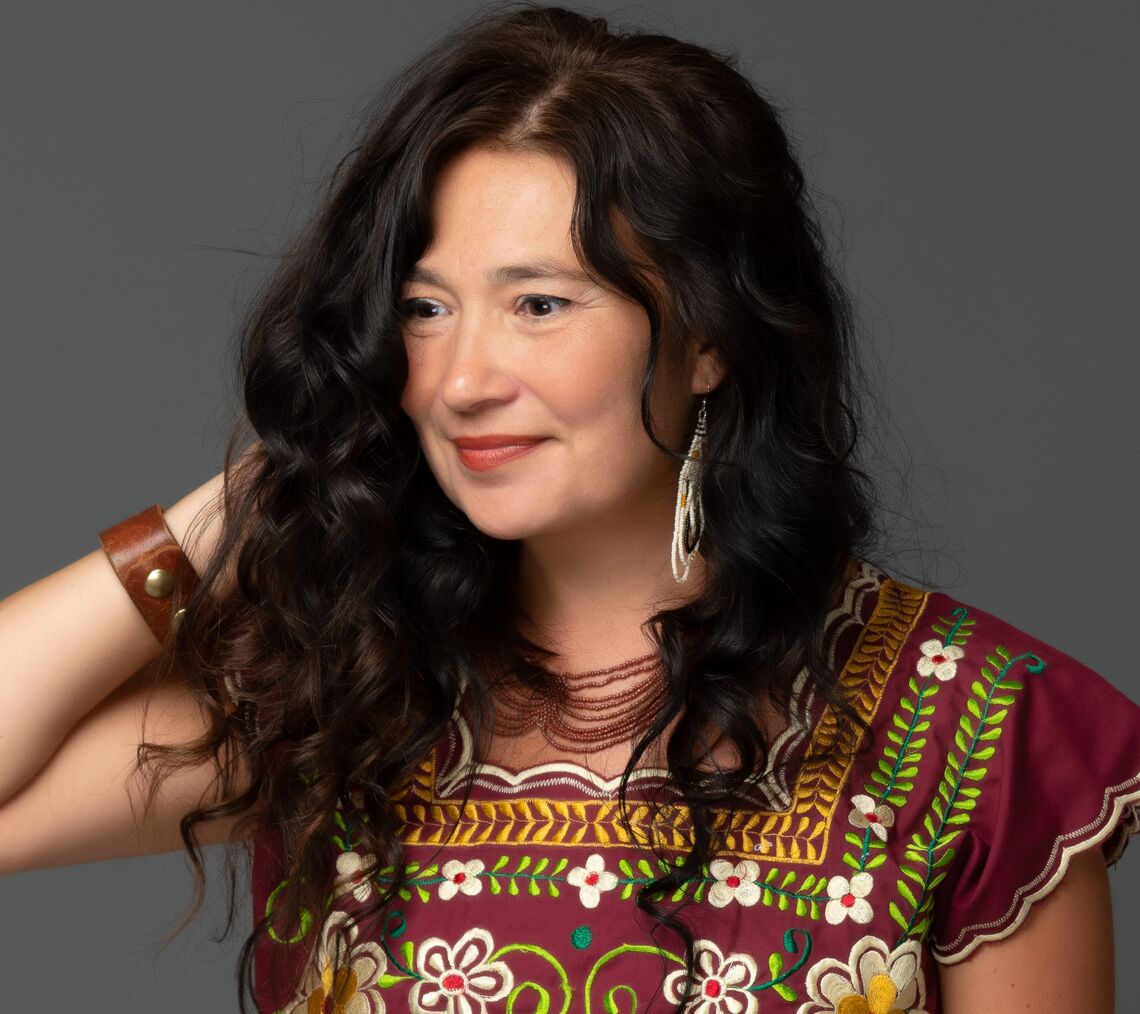In front of the Temple of Kukulcán, rain swells out of puddles
to drown the landscape. You think of the archaeologist in the documentary. How he found a cenote the size of six swimming pools below El Castillo. Castle, you smile to yourself, always thinking of
Joe & the famous chess move he taught you at fourteen. How once in Scotland Joe confessed he wanted to live in a castle. All rooks & moats
as you tilt your wet head observing the stone balustrades flanking each staircase. You think you remember the archaeologist say, No surprise a cenote exists here, it’s the pyramid built on top of it that’s
extraordinary. How no one can reach the cenote without digging. You wonder if the architects knew of the cenote. The Temple of Kukulcán built over a smaller temple. Did the builders of the smaller temple know? What’s inner-inner often gnaws at you. You think of your almost-born body in your mother’s womb. Were you the smaller temple always destined to be inside? All the empty temples inside
you now. How the ancient Maya reused structures. The archaeologist, in your brain, trails off about the inevitability of future collapse. You walk around the entire base of the pyramid, pausing at each serpent’s head, moving your head, snake-esque, toward huge stone effigies. Two months from now, you will understand this future collapse. Not now, though. Now, still rooks & moats. In excavations of cenotes surrounding the archaeological site, researchers used diving equipment to explore underwater limestone shelves. They found stingray spines—ritual sacrifices to bring rain. They found bones of animals & humans with remnants of physiological stress to indicate various flayings, tortures & mutilations only elite Maya priests perform. Offerings, you mouth aloud. Your head swivels. Not even Chris hears you over the increased rain. You think you remember the archaeologist say gateway. Water: the main pathway to Xibalbá. Water comprises 70% of each human cell. Trillions of cells. Two
months from now, you will understand future collapse. Not now, though. Now, all rooks & moats & cells. You imagine your body, right now, decomposing. This decomposition becomes a leaking until
your organs & flesh mix with the rain. Your liquified-guts & all this rain become a pulsing river flooding underneath the Temple of Kukulcán’s platform, twisting, umbilical-esque, below the smaller
temple structure, pouring & splashing into the cenote below them both & a tornadic swirling continues through cenote waters into Xibalbá as rain—rain against thousands & thousands of fleshless stingrays, who for just one moment feel your liquified-guts on their slick bones & remember, Ah, I too can float.
